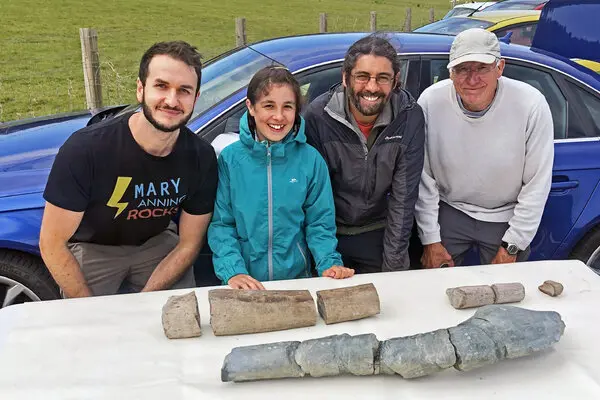By: Anya Chen
In a world where adults control most industries of science, one little 11-year-old girl stands out. Having made one of the most fascinating discoveries in paleontology, she believes that young people can play a huge role in science.
Ruby Reynolds and her father found a fossil in May of 2020, on a trip to Blue Anchor in southwest England. At the time, it was the biggest one they had ever found.
After a lot of research, they later found out that they discovered remains of the largest marine reptile ever: an ichthyosaur that lived in the end of the Triassic Period.
The ichthyosaur could have been up to 82 feet long, making it the largest marine reptile known to science. This discovery by such a young girl was significant, as evidence like this was always not able to be found.
“Inevitably with big extinction events of course, it’s the big things that go first, and so in this case, literally the biggest things in the ocean, they are wiped out, and this entire family disappears,” said Dr. Lomax, one of the researchers, said.
He went on to comment on the the importance of the growing number of rising fossil collectors. “If you have a keen eye, if you have a passion for something like that, you can make discoveries like this,” he said.
Ruby Reynolds also believes that young people can play a huge role in science as they enjoy exploring a journey that has an unknown end.
Link to article: https://www.nytimes.com/2024/04/17/science/ichthyosaur-fossil-largest.html











